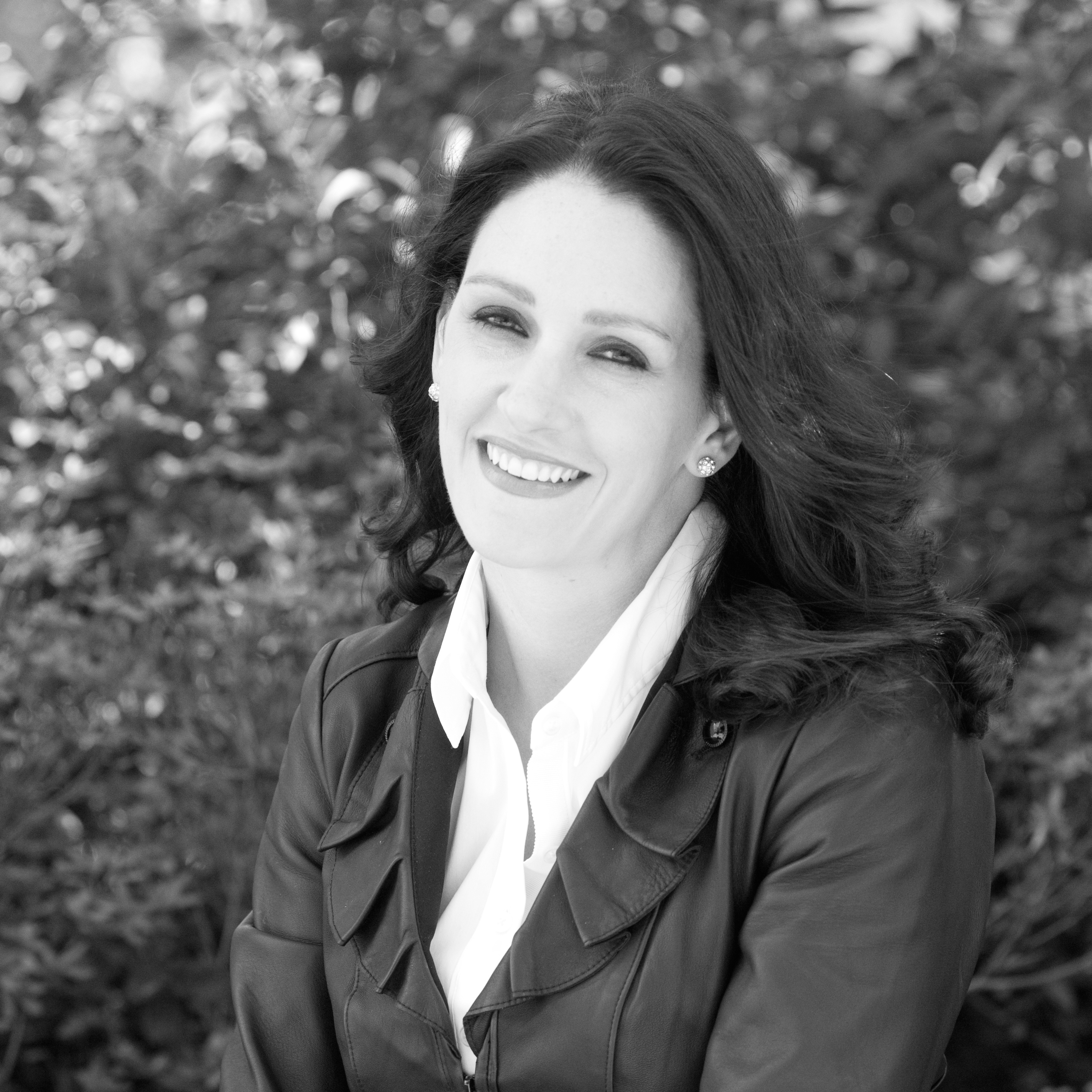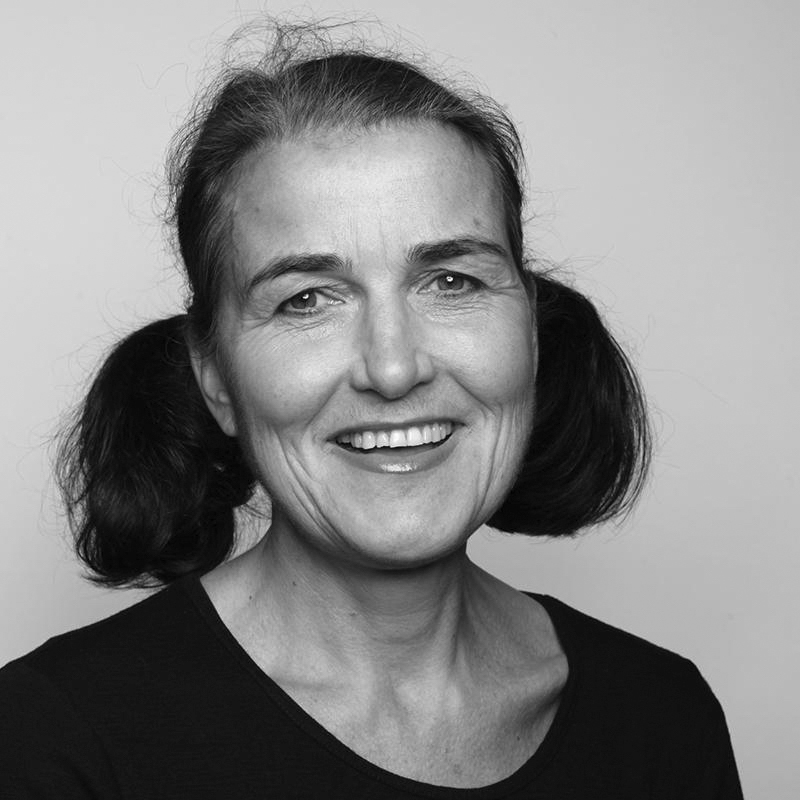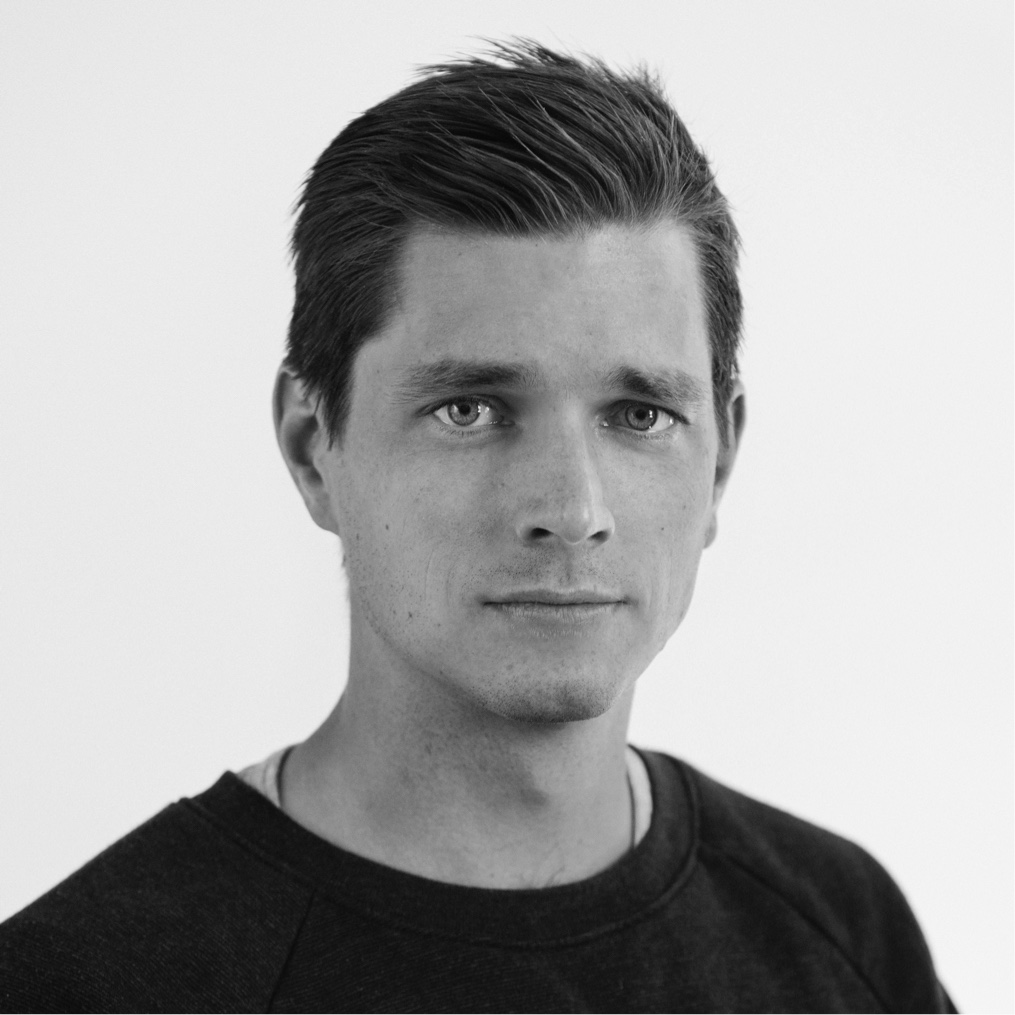

Digitalization in public sector drives new needs and demands for IT systems. We need to move from a GUI (graphical user interface) approach to a UX (usability experience) approach. In every system and across systems. In this session we will hear about how to improve the user experience – e.g. to make the systems self explanatory and to design systems that users enjoy.
Moderator: Nard Schreurs, IKT-Norge
By Amy Cueva, Mad*Pow
Amy Cueva plays an essential role in Mad*Pow’s visualization of a changed healthcare system in the United States. Her work with organizations like Dartmouth Hitchcock, Brigham and Women’s Hospital , CVS, and Fidelity have helped them improve the customer experience, leverage design to drive change, and facilitate human-centric innovation. As the chief initiator behind Mad*Pow’s Healthcare Experience Design Conference, HxRefactored, and the managing director of the Center for Health Experience Design, Amy has successfully connected and networked disparate parts of a challenging and siloed system.
By Birgitta Cappelen
Welfare technology often focus on diagnosis, biomedical data and medicine. But health promotion is also about vitality, communication and participation. In The Research Council of Norway financed project, RHYME, we have developed several generations of social, mobile and multi-medial health promoting technologies. These technologies offer new embodied, sensorial, musical and distributed experiences and ways to evoke vitality, co-creation, and strengthen one’s own resources and relations.
By Jens M. Gleditsch
Patient-directed services based on artificial intelligence can bring significant improvements to the availability and quality of healthcare services, as well as alleviate medical personell in the process. At the same time, ensuring the quality of these services – in terms of both user experience and clinical precision – constitute a complex development challenge that demands the interplay of engineering and design thinking at every level. Learning from real world patient-doctor relationships can be an essential part of a strategic approach to this challenge.
 Amy Cueva
Amy Cueva
 Birgitta Cappelen
Birgitta Cappelen
 Jens M. Gleditsch
Jens M. Gleditsch